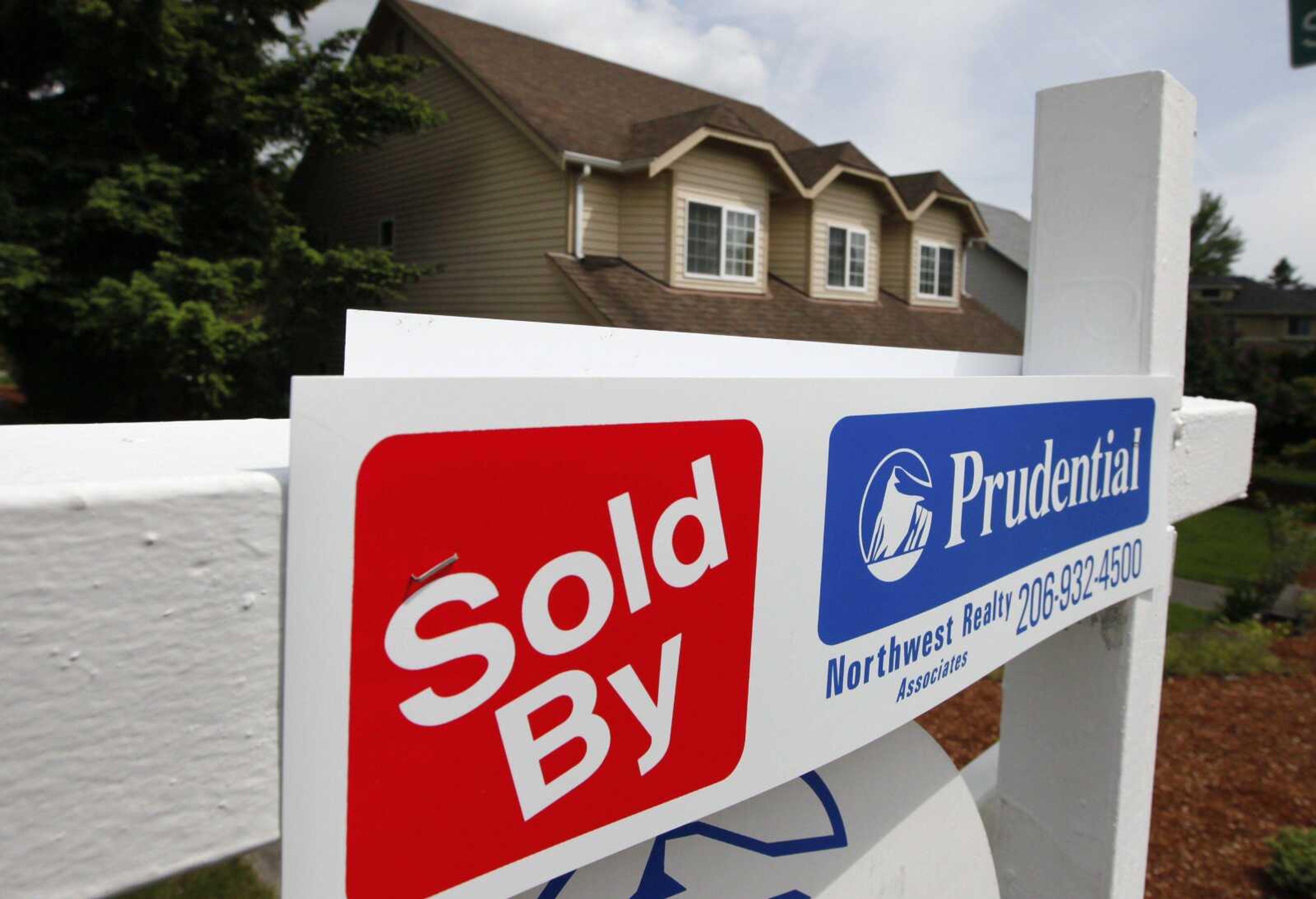Spring buying boosts home prices
WASHINGTON -- Home prices in most major U.S. cities are rising for the first time in eight months, boosted by an annual wave of spring buying. Analysts cautioned that the increases may be temporary and don't signal a rebound for the depressed home market...
WASHINGTON -- Home prices in most major U.S. cities are rising for the first time in eight months, boosted by an annual wave of spring buying. Analysts cautioned that the increases may be temporary and don't signal a rebound for the depressed home market.
Prices rose in 13 of the 20 cities tracked by the Standard & Poor's/Case-Shiller home-price index, according to the April report released Tuesday. The sharpest increases were in Washington, D.C. The next-largest were in San Francisco, Atlanta and Seattle.
The index covers metro areas that together make up about 50 percent of U.S. households. It measures sale prices of select homes in those cities compared with prices in January 2000. It then provides a three-month average. The April data is the latest available.
Last year, a tax credit for first-time buyers helped boost prices. They rose nearly 4 percent from April through July before falling more than 7 percent this winter to record lows. Prices in big metro areas sank in March to their lowest level since 2002.
The 0.7 percent increase in April was the first rise since July. The positive data came with a caveat: The figures weren't adjusted for seasonal factors, such as the buying that normally picks up in spring. Once the numbers are adjusted, prices actually fell in April.
David M. Blitzer, chairman of S&P's index committee, said the rise in the index was a "welcome shift from recent months." But he noted that much of the improvement was likely due to the start of the buying season.
"It is much too early to tell if this is a turning point or simply due to some warmer weather," he said.
One bright spot: Even when adjusted for seasonal factors, prices rose in some markets that had been pummeled by slumping sales: Atlanta, Minneapolis, Phoenix and Portland, Ore.
Some prices plummet
On the other hand, prices in six areas have reached their lowest levels in nearly four years: Charlotte, Chicago, Detroit, Las Vegas, Miami and Tampa.
In Atlanta, more than a quarter of homes sold in the past year were discounted: They sold for an average 9 percent less than they'd been listed for, according to data analyzed by the housing website Trulia.com.
Analysts noted that both buyers and sellers are reluctant to reach deals in the face of widespread price declines. And nearly 2 million foreclosures could hit the market over the next two years.
Many foreclosures have been delayed while federal regulators, state attorneys general and banks review how those foreclosures were carried out over the past two years.
"All that does is kick the can down the road," said Daniel Alpert, managing partner at Westwood Capital, a New York investment bank.
It means foreclosures will occur later and will do damage when they hit. Homes in foreclosure sell at a 20 percent discount, on average, which can hurt prices throughout neighborhoods.
The clearest sign that the home market is on its way to a recovery, Alpert said, would be if prices rise through the next few months.
Connect with the Southeast Missourian Newsroom:
For corrections to this story or other insights for the editor, click here. To submit a letter to the editor, click here. To learn about the Southeast Missourian’s AI Policy, click here.










